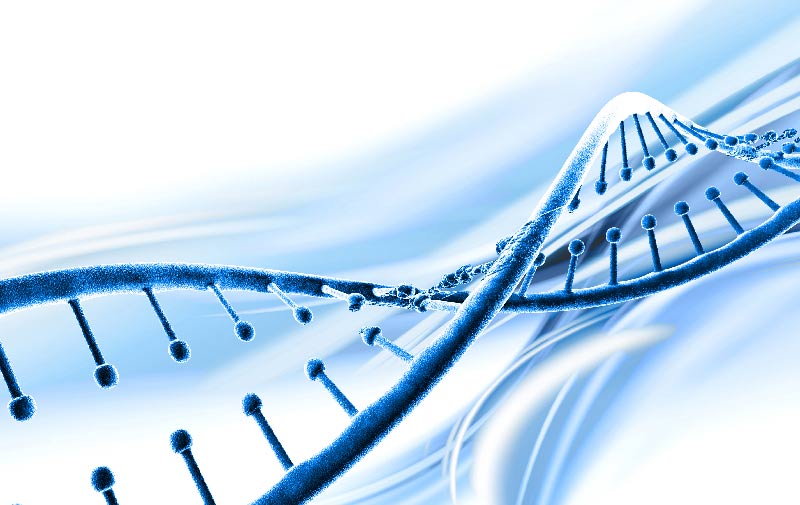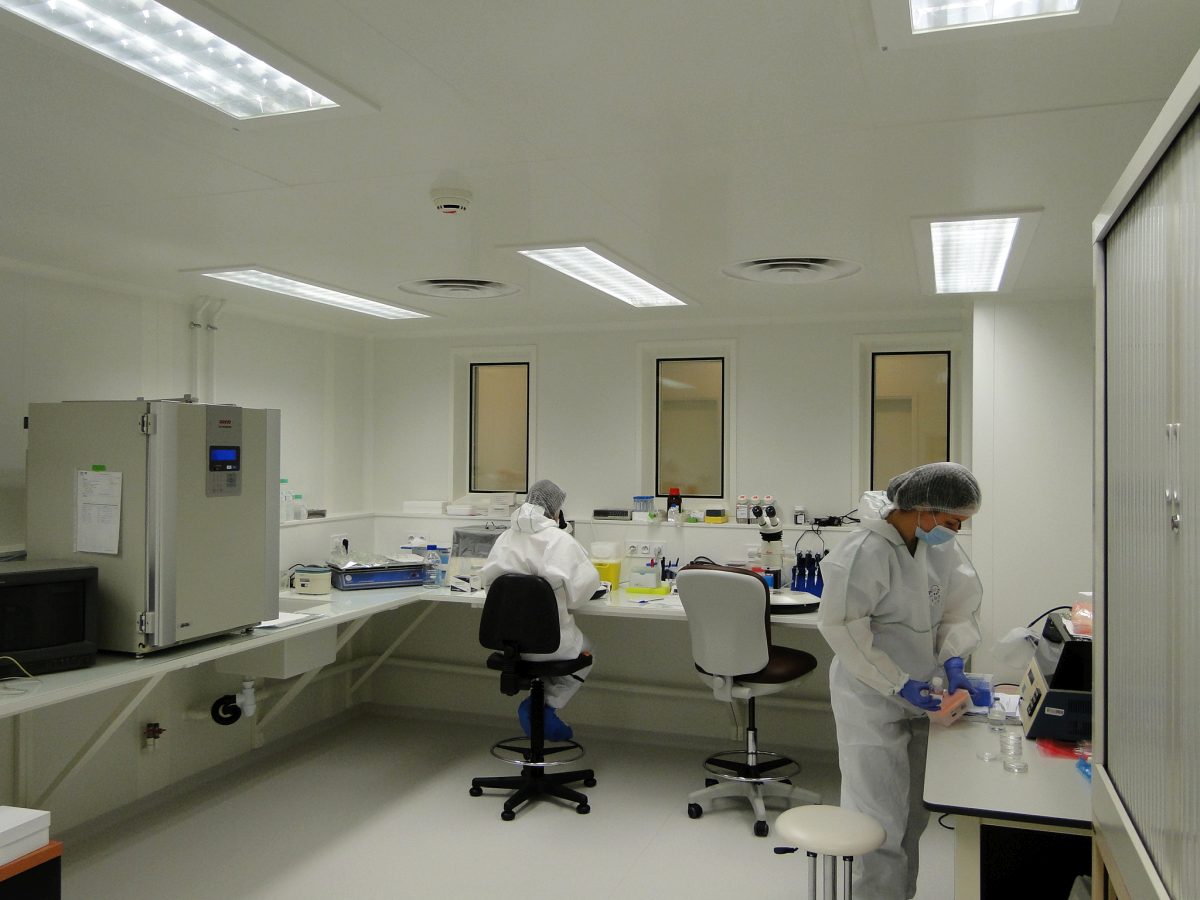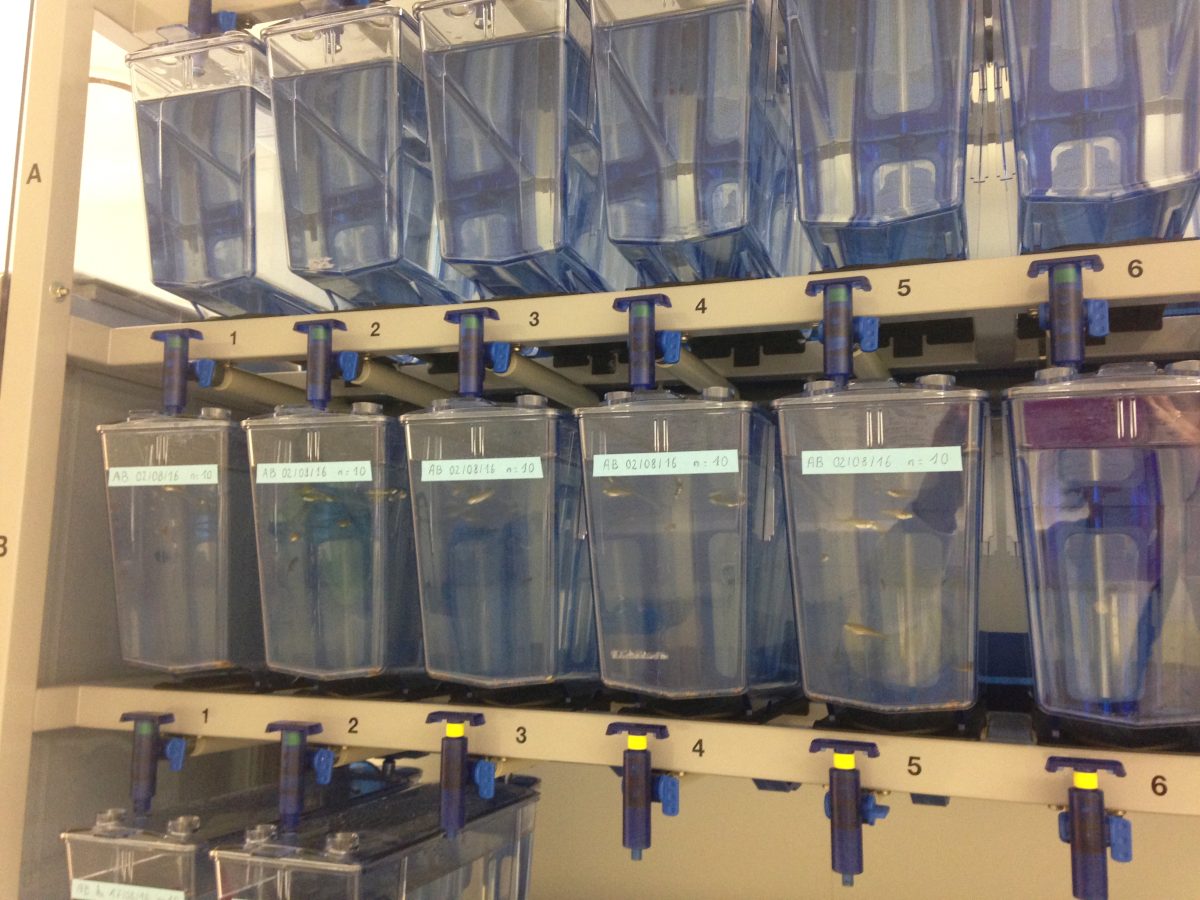The aim of this technology is to integrate and express exogenous DNA in the mouse genome, which will be transmitted to the offspring as a new hereditary trait. The purified DNA is injected into embryos at the unicellular stage. The latter are then re-transplanted into pseudo-gestating females and then genotyped after they are born.

PRODUCTION OF ANIMAL MODELS
The transgenesis department offers the production of murine models and genetically modified zebrafish. These services range from offering consulting on the production of animal models to the design of molecular tools and the genotyping of founders. The department also provides training and methodological R&D activities.
In mice

Additive transgenesis
Targeted transgenesis by genome editing
The transgenesis department offers the production of KO or KI mice using innovative genome editing tools, such as CRISPR/Cas9, that can be injected directly into the zygote (an embryo in the unicellular stage).
In zebrafish

Additive transgenesis
The aim of this technology is to integrate and express exogenous DNA into the zebrafish genome, which will be transmitted to the offspring as a new hereditary trait. The purified DNA is injected into embryos at the unicellular stage. About 100 embryos per transgenic construct are injected. This number can be modified after discussion with the client.
Targeted transgenesis by genome editing
The transgenesis department offers the production of KO or KI zebrafish using innovative genome editing techniques, particularly Crispr/Cas9. About 100 embryos per target are injected. This number can be modified after discussion with the client.
Molecular biology and genetic engineering

The department offers molecular biology services (design and preparation of molecular tools) as well as support/consulting in the design and development of tools that can be used for additive or targeted transgenesis.
Training

The department regularly trains new interns in animal welfare and techniques related to the services described above.
Facilities
Several rooms are reserved for the production of transgenic animals. The rooms dedicated to the production of murine models are located in an SPF (Specific Pathogen Free) sanitary status zone, which is shared with the department that handles cryopreservation and decontamination of lines:
- A room where the animals necessary for the different services are housed, which accommodates newborn animals until they are weaned or released to the client
- A room for embryo manipulation, including recuperation, micro-injection, and re-transplantation
- Two molecular biology rooms essentially dedicated to certain steps in the preparation and analysis/verification of transgenes as well as genotyping.
- Equipment and materials necessary for zebrafish services, namely a rack and an injection station, are located in a separate room outside of the zone.
Dans une pièce indépendante, hors zone, se trouvent l’équipement et le matériel nécessaires aux prestations autour du poisson zèbre, à savoir un portoir et un poste d’injection.







